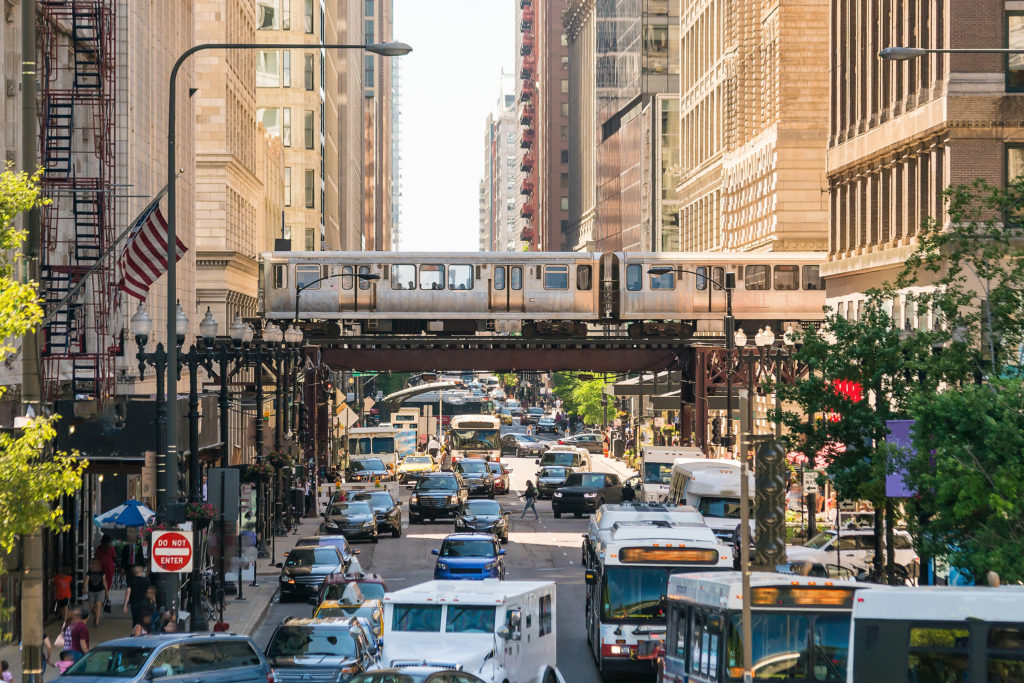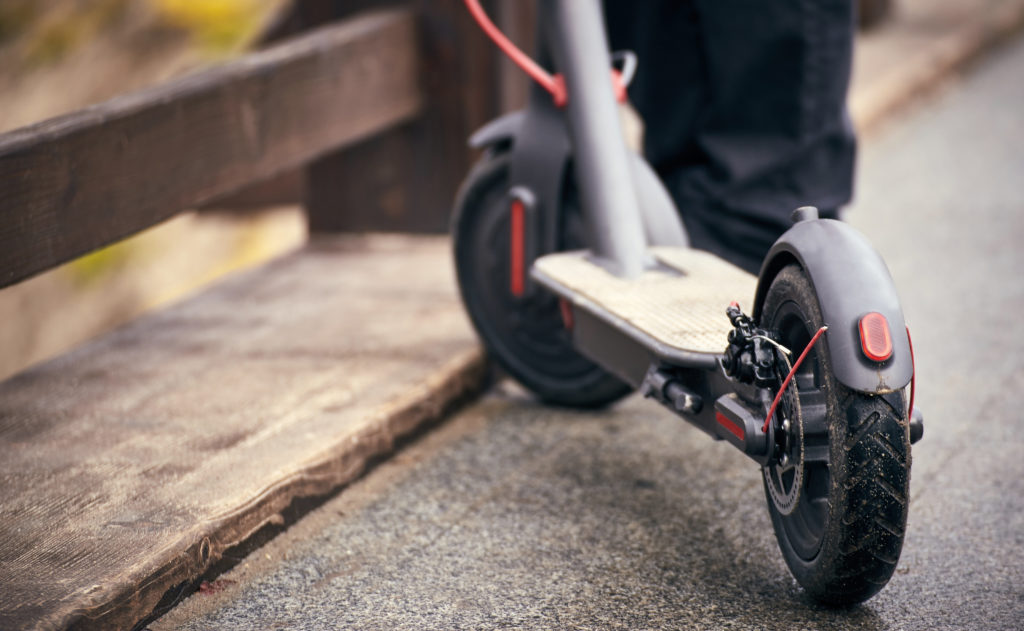Efforts to stop the spread of COVID-19 have put a strain on the transpiration industry charged with getting food and supplies from point A to point B. Many stores quickly ran out of toilet paper when news of confirmed infections began breaking in the United States.
Seeing empty store shelves in a country where we often encounter abundance can seem ominous. People are facing a lot of uncertainty surrounding this pandemic. Many people are out of work and have had to apply for unemployment. Businesses are shut down and there are certainly some that may not recover. This whole situation has the potential of changing our realities, possibly even permanently.
Fear of the unknown is likely what sent people rushing to their local convenience and grocery stores to buy more toilet paper and paper towels than they will likely use in a year. There was a run on food as well. Grocery aisles emptied out quickly even before the Governor here in Illinois told everyone to stay home. Items with a long shelf life, like rice and pasta went first, along with the inventory of most of your local meat departments. However, it wasn’t long after that stock started to replenish at most stores. The main reason for this is the hard work of our nations professional truck drivers. Thankfully, food production hasn’t stopped, and stores are continuing to receive their shipments of supplies.
After the Governor of Illinois announced the shelter-in-place order, he deemed certain facilities and the people employed by them as “essential,” stating that such would remain open and continue to work. Not only did this category include hospitals and pharmacies, but also restaurants and grocery stores. As a result, professional truck drivers continue to work to deliver supplies to grocery stores and restaurants so that people can get what they need. Additionally, in order to stop others from “hoarding” specific items such as hand sanitizer, soap, toilet paper, paper towels and the like, grocery stores have implemented policies which limit the amount customers may purchase.
Although there are less vehicles on the road due to the “stay-home” orders local governments have been issuing throughout the country during this pandemic, it is still important for truck drivers to be able to practice safe and careful driving when transporting essential goods. If anything, there are a much higher percentage of semi-trucks driving around trying to get supplies delivered to stores than ever before and the last thing that anyone would want to happen is for these trucks and the drivers to get into a crash and possibly be injured. We need truck drivers to be able to do their jobs. However, they need to be able to do so while still following safety rules, including limits on the hours they remain on duty and still meet the needs and demands of each community. Accordingly, government, as well as private trucking companies, must provide truck drivers the ability to get enough rest and not be overworked in order to avoid driving while fatigued. This would ensure the safety of drivers, both truck drivers and other drivers on the road, as well as the arrival of the cargo professional truck drivers are carrying.
In uncertain times like these when some things may be out of our control, we still need to take all the measures we can to prevent crashes and injuries, not only to protect the supply chains that keep us fed, but to allow our hospitals and medical professionals the ability to focus on treating people suffering from this terrible virus.




